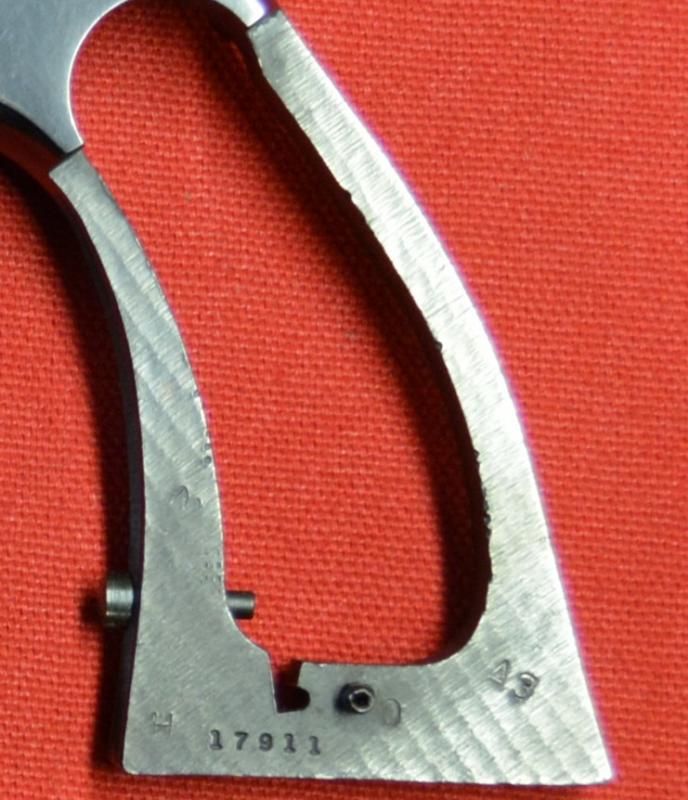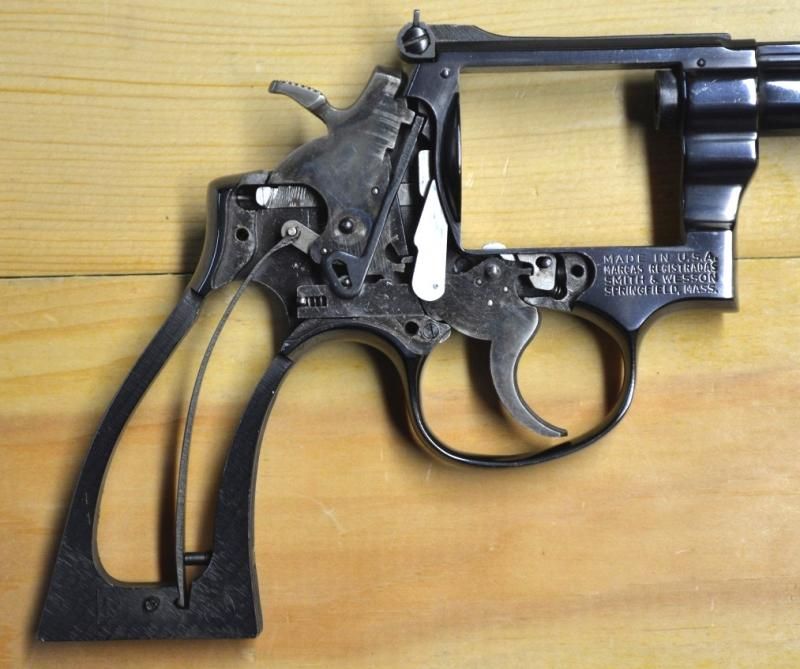dieselbeef
New member
with 357 125 gr loads it will fire any number of rds just fine and then the hammer will fall..and nothing will happen.
open the cyl and drop the rds. all of them have dimpled primers except the no fire one. sometimes it will go thru a bunch..over 30 and sometimes it will do it within 2 cyls.
I haven't ever noticed if its the same chamber or not..but I will next time I shoot it.
I bought it used...apparently someone been inside it cuz the screw under the grip has the telltale stretch marks in the groove. im assuming whoever did whatever has been done was no pro.
its a prelock gun. 4'' barrel. I always shoot the same load.
it never has any issues with snap caps. the hammer seems to fall everytime and it seems like its hitting the cap everytime.
ive cleaned and lubed it...im fixing to pull the sideplate....just to see if its anything obvious
any ideas
open the cyl and drop the rds. all of them have dimpled primers except the no fire one. sometimes it will go thru a bunch..over 30 and sometimes it will do it within 2 cyls.
I haven't ever noticed if its the same chamber or not..but I will next time I shoot it.
I bought it used...apparently someone been inside it cuz the screw under the grip has the telltale stretch marks in the groove. im assuming whoever did whatever has been done was no pro.
its a prelock gun. 4'' barrel. I always shoot the same load.
it never has any issues with snap caps. the hammer seems to fall everytime and it seems like its hitting the cap everytime.
ive cleaned and lubed it...im fixing to pull the sideplate....just to see if its anything obvious
any ideas


